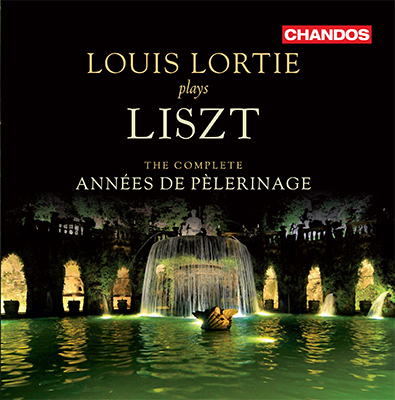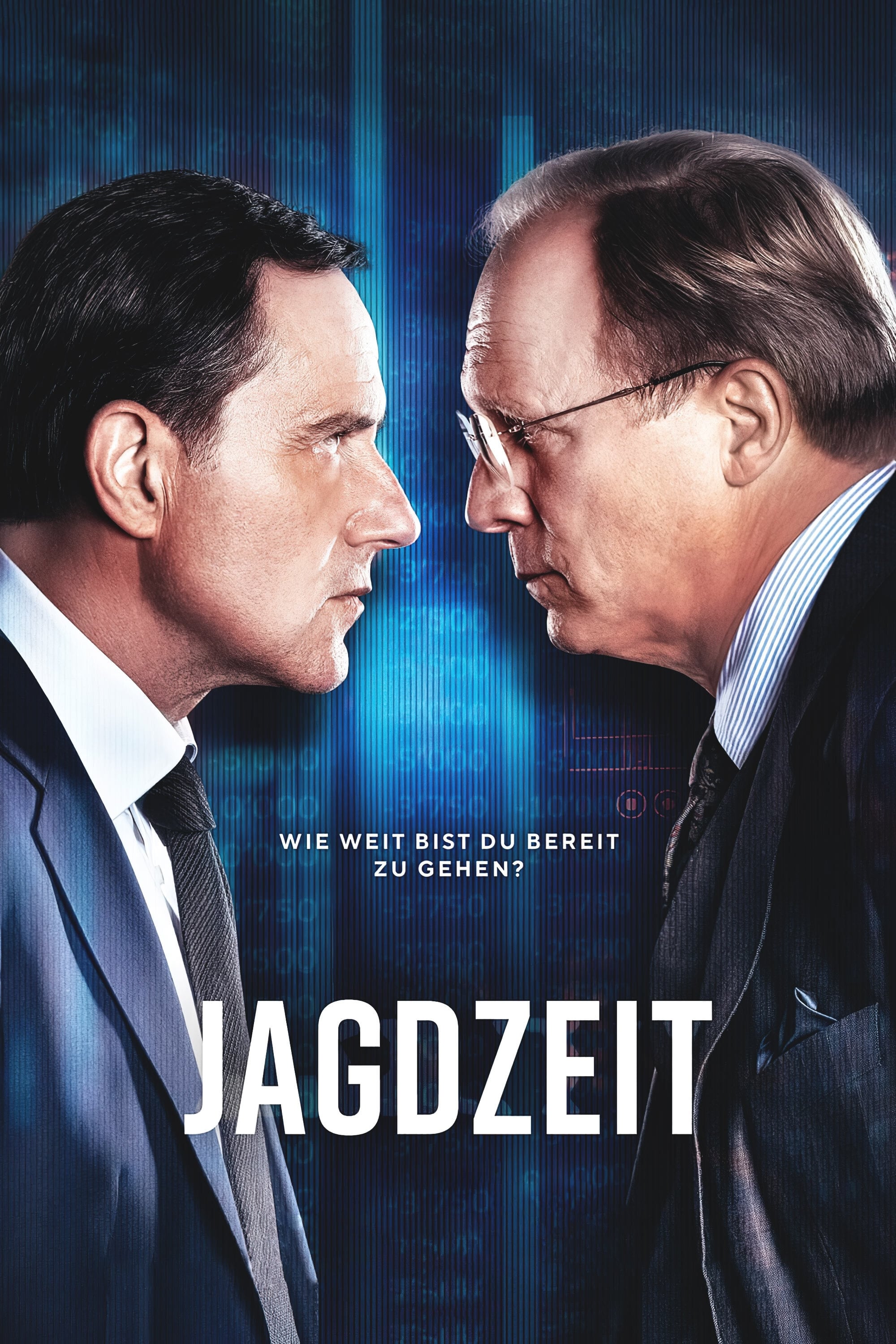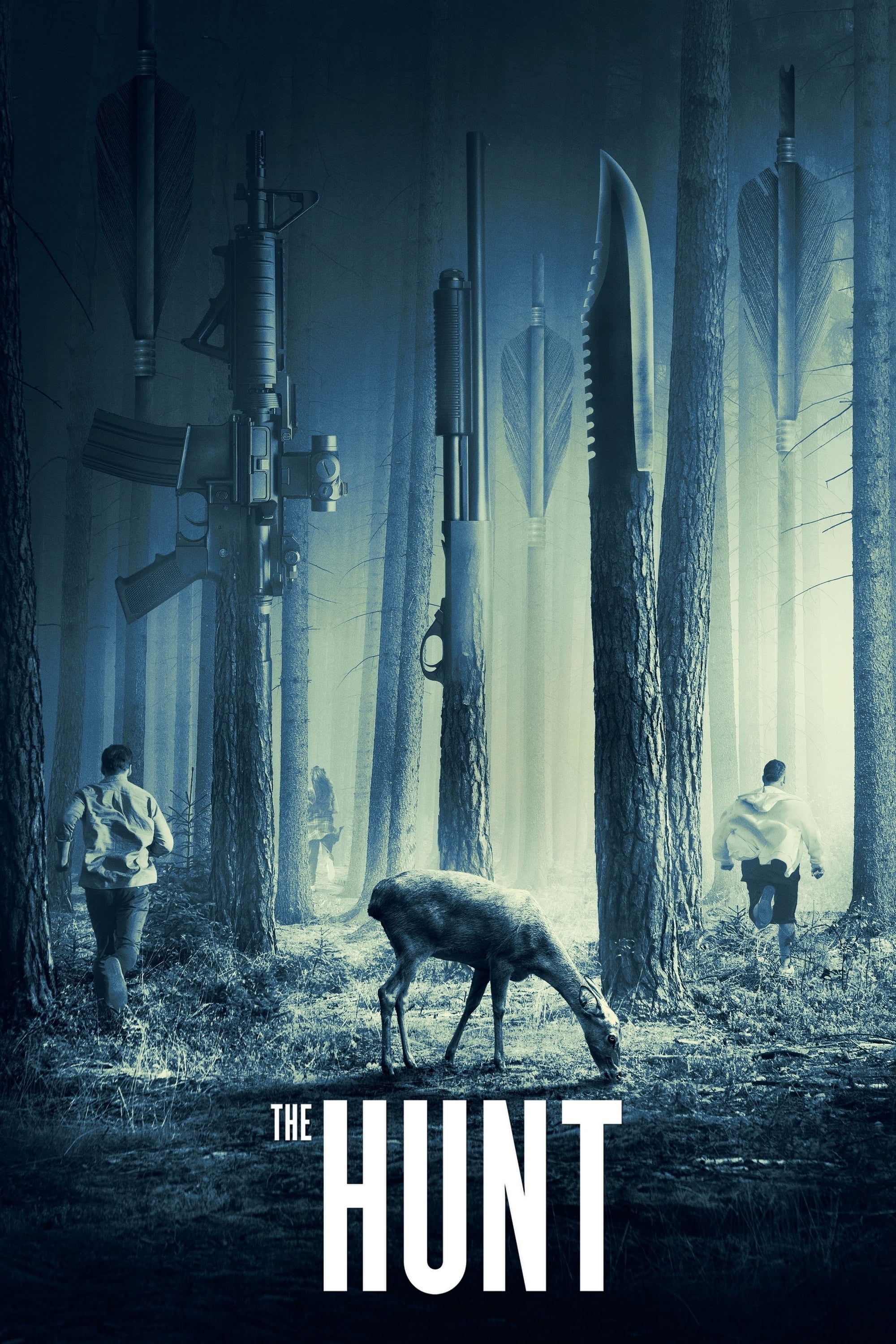
Louis Lortie plays Liszt – The Complete Annees De Pelerinage
24B/96kHz Stereo FLAC: 2,41 GB | Artwork | Genre: Classical | Style: Romantic
Label/Cat#: Chandos # [CHAN10662(2)] | Country/Year: Europe 2011
There’s been no dearth of Années de pèlerinage recordings over the past year or so. Predictably, they range from the compelling (Libor Novacek, Années I and II, Landor 290 and 278; André Laplante, Années I, Analekta 29980), to the less good (Michael Korstick, Années I and II, cpo 777478 and 777585), to the deeply disappointing (Jerome Lowenthal, Années complete, Bridge 9307). The new, complete Années de pèlerinage of Louis Lortie, however, is in a class all its own. He approaches this summit of romanticism steeped in the music of Liszt (his recording of all the works for piano and orchestra, Chandos 10371, a collaboration during 1999-2000 with George Pehlivanian and the Residentie Orchestra of The Hague, is one of the finest). Lortie is a richly imaginative musician and a pianist of cultured refinement whose interpretations invariably tend toward understatement. These 26 pieces occupied Liszt for some 46 years and, along with the Sonata, are emblematic of his achievement as a piano composer. You get the sense that Lortie has long lived with the entire cycle, coming to know (and love) each of its components equally well. Add to this his unstinting identification with Liszt’s poetic message, and you have all the elements required for an Années de pèlerinage of tremendous freshness and originality.
Amid the Alpine landscapes of Book I, the Swiss Year, Lortie conjures uncluttered vistas and pristine atmosphere with unhurried tempos that give each phrase plenty of breathing room. The mini-triptych within the cycle, Au lac de Wallenstadt, Pastorale, and Au Bord d’une source, is painted in luminous colors, highlighted here and there with an exquisitely inflected tempo rubato . When the bucolic idyll is shattered by Orage, Lortie lets loose this implacable force of nature with phrasing that is so deftly shaped, pedaling so restrained, and dynamics so infinitely calibrated that each gust and cascading torrent seems audible. Vallée d’Obermann , the centerpiece of the Swiss Year, has been, at least in recent decades, the most frequently excerpted piece from the cycle. Divorced from context, and in spite of its formal interest, the Vallée has come to typify the 19th-century set piece, more creaking and tear-stained with each iteration. Lortie will have none of that. In a performance both masculine and heartfelt, we sense Obermann’s struggle toward spiritual rejuvenation through the majesty of nature. In place of a sob sister, we have a psychological drama, a genuine pilgrimage, at once gripping and imminently credible, that restores the dignity and stature of this wonderful piece.
Book II, the first of the two Italian Years, demonstrates Lortie’s success in both the scintillatingly intimate miniature and the implacable grandeur of the epic. The chaste refinement of color and line in Raphael’s Milan altarpiece are evoked in an ecstatic reading of Sposalizio. The three Sonnetti del Petrarca provide an interesting case of how the over-exposed can be imbued with new luster and meaning. Lortie achieves this with an unambiguous directness and simplicity of utterance. It is as though we hear Petrarch’s poems declaimed. The fioritura cadenzas emerge organically from the text, a piacere, each note beautifully articulated and perfectly suited to context. Moreover, the Sonnetti exemplify Lortie’s characteristic phrasing, always delineated by what can be maintained with human breath. The culmination of Book II, Après une lecture du Dante: Fantasia quasi Sonata , known as the Dante Sonata , is the longest piece of the entire cycle and far away the most technically challenging. The stentorian introduction draws on an unusually varied dynamic palette to set the stage for the drama that will unfold. In the Presto agitato assai , evoking the whirlwinds of the Inferno, Lortie maintains extraordinarily extended crescendi and decresecendi , drawing on an infinitely calibrated dynamic control and acute rhythmical inflection. Later, in the transition between the second statement of the redemption motif and the return to the infernal maelstrom, he uses the strategy again with stunning results. Over the course of a minute and 20 seconds, and through 22 note-filled measures covering more than two pages in the score, Lortie builds one long, seamless crescendo of overwhelming magnitude. At the return of the tremolando redemption motif in the piano’s upper registers, it sounds like shimmering violins. The final apotheosis seems a blaze of light, though here, as throughout the piece, there is no hint of overplaying or empty bombast. It might be added that in the Dante Sonata, and in pieces like the Chappelle de Guillaume Tell from Book I and Book III’s Sunt lacrymae rerum, where Liszt exploits the piano’s lowest register, it sounds as though the bottom-octave strings of Lortie’s Fazioli grand are a quarter mile long.
But the most remarkable feature of this outstanding recording is the third Année . Its seven pieces represent a distillation of Liszt’s late style and inhabit psychological realms seldom traversed by other 19th-century composers. A number of pianists who recorded the first two books simply don’t venture into the third, and those who have seem confounded sooner or later. Lortie, on the other hand, has plumbed the depths of these strange yet deeply artistic creations, developing interpretations that are remarkable in sharpness of focus and clarity of expression. The best-known of the set, Les Jeux d’eau à la Villa d’Este, combines the utmost delicacy and refinement with a disarming simplicity. Phrases are sculpted with unerring proportion and contour. The villa’s hundred fountains sparkle and splash in a virtuoso display of exquisitely understated pianistic finesse. Nor are the implications of Liszt’s Biblical reference to the waters of everlasting life neglected; a sense of ecstatic spirituality pervades the whole as though it were a sacrament in sound. Musically speaking, the Marche funèbre for the Emperor Maximillian, with its dark impasto and difficult transitions, is one of the most challenging pieces in the set. But what has remained a puzzle in many otherwise creditable performances of the third Année is compellingly deciphered by Lortie. Liszt’s idiosyncratic rhetoric is rendered comprehensible, including the problematic fortissimo trionfante in F?-Major that in so many other readings simply falls flat. Book III opens with Angelus , a prayer to the guardian angels, and closes with Sursum corda , “lift up your hearts,” a reference to the preface to the canon of the Mass. The blend of intuition, intellect, and philosophical insight Lortie brings to Sursum corda , with its prismatic harmonies undulating over the fixed anchor of a pedal point on E, creates a mighty culmination of the cycle.
On this recording, Venezia e Napoli , the supplement to Book II, is placed at the end of the recording, following the stylistically distant third Année . It is an interesting choice, which casts Venezia e Napoli as a sort of encore to the entire cycle, bringing us back to earth after the lofty metaphysics of Book III. Incidentally, the Tarantella is fierce. The recording was made during three days last November at Potton Hall, Dunwich, Suffolk, and the Chandos engineers captured the sound of Lortie’s Fazioli grand brilliantly.
This Années de pèlerinage is unquestionably one of the finest releases thus far during the Liszt bicentennial. Time will tell, but it also may be the finest recording of the work to date. Not to be missed.
FANFARE: Patrick Rucker
Info:
Louis Lortie plays Liszt – The Complete Annees de pelerinage
Label: Chandos
Catalog#: [CHAN10662(2)] Format: Digital Download, Album
Country: Europe
Released: 2011
Resolution: 24 bit 96.0 kHz
Genre: Classical
Tracklist:
Annees de pelerinage, 1st year, Switzerland, S160/R10:
1 No.1 La chapelle de Guillaume Tell – Allegro vivace 6:22
2 No.2 Au lac de Wallenstadt – Andante placido 3:09
3 No.3 Pastorale – Vivace 1:37
4 No.4 Au bord dune source – Allegretto grazioso 3:45
5 No.5 Orage – Allegro molto Presto furioso 4:15
6 No.6 Vallee d’Obermann – Lento assai 12:10
7 No.7 Eglogue – De lexpression romantique 4:26
8 No.8 Le mal du pays – Lento Andantino 4:58
9 No.9 Les cloches de Genève Nocturne – Quasi allegretto 5:59
Annees de pelerinage, 2nd year, Italy, S161/R10b:
10 No.1 Sposalizio – Andante 6:56
11 No.2 Il Penseroso – Lento 4:20
12 No.3 Salvator Rosa – Andante marziale 2:55
13 No.4 Sonetto 47 del Petrarca – Preludio con moto 5:39
14 No.5 Sonetto 104 del Petrarca – Agitato assai Adagio 6:41
15 No.6 Sonetto 123 del Petrarca – Lento placido 7:01
16 No.7 Apres une lecture du Dante – Andante maestoso 17:21
Annees de pelerinage, 3rd year, S163/R10 :
17 No.1 Angelus! Priere aux anges gardiens – Andante pietoso 7:51
18 No.2 Aux cypres de la Villa d’Este I – Andante Tranquillo 5:42
19 No.2 Aux cypres de la Villa d’Este II – Andante non troppo lento 9:53
20 No.4 Les jeux d’eau a la Villa d’Este – Allegretto Un poco 7:27
21 No.5 Sunt lacrymae rerum – Lento assai 6:16
22 No.6 March funebre – Andante maestoso 5:44
23 No.7 Sursum corda – Andante maestoso non troppo 3:27
Annees de pelerinage, 2nd year, Italy supplement, S162/R10: Venezia e Napoli :
24 No.1.Gondoliera – Quasi allegretto 5:06
25 No.2 Canzone – Lento doloroso 3:24
26 No.3 Tarantella – Prestissimo 8:51
Fazioli grand piano model F 278 courtesy of Jaques Samuel Pianos, London
Recording:
Potton Hall, Dunwich, Suffolk; 8-10 November 2010
Download:
mqs.link_LuisLrtieplaysLisztTheCmpleteAnneesdepelerinage.part1.rar
mqs.link_LuisLrtieplaysLisztTheCmpleteAnneesdepelerinage.part2.rar
mqs.link_LuisLrtieplaysLisztTheCmpleteAnneesdepelerinage.part3.rar










![Itzhak Perlman - The Complete Warner Recordings 1972-1980 (2015) [FLAC 24bit/96kHz] Itzhak Perlman - The Complete Warner Recordings 1972-1980 (2015) [FLAC 24bit/96kHz]](https://getimg.link/images/imgimgimg/uploads/2019/12/IpmBmeR.jpg)
![Francesco Piemontesi - Liszt: Annees de pelerinage I, S. 160 "Suisse" & Legende No. 2 (2018) [FLAC 24bit/96kHz] Francesco Piemontesi - Liszt: Annees de pelerinage I, S. 160 "Suisse" & Legende No. 2 (2018) [FLAC 24bit/96kHz]](https://getimg.link/images/imgimgimg/uploads/2019/04/LYdI7Bn.jpg)
![Louis Lortie Plays Chopin, Vol. 3 (2014) [FLAC 24bit/96kHz] Louis Lortie Plays Chopin, Vol. 3 (2014) [FLAC 24bit/96kHz]](https://getimg.link/images/imgimgimg/uploads/2017/12/AZoTbJF.jpg)
![Glenn Gould - The Complete Columbia Album Collection (2015 Remastered Edition) [Qobuz FLAC 24bit/44,1kHz] Glenn Gould - The Complete Columbia Album Collection (2015 Remastered Edition) [Qobuz FLAC 24bit/44,1kHz]](https://getimg.link/images/imgimgimg/uploads/2017/07/2bHwfbA.jpg)
![Louis Lortie Plays Chopin, Vol. 1 (2010) [FLAC 24bit/96kHz] Louis Lortie Plays Chopin, Vol. 1 (2010) [FLAC 24bit/96kHz]](https://getimg.link/images/imgimgimg/uploads/2017/12/mDAPyVc.jpg)
![Pacifica Quartet - Dmitri Shostakovich and his Contemporaries: The Soviet Experience Vol. 1-4 (2011-2013) [24bit FLAC] Pacifica Quartet - Dmitri Shostakovich and his Contemporaries: The Soviet Experience Vol. 1-4 (2011-2013) [24bit FLAC]](https://getimg.link/images/imgimgimg/uploads/2017/07/ntIbtOp.jpg)
![Lazar Berman - Liszt: Annees de pelerinage (1977/2016) [Qobuz FLAC 24bit/96kHz] Lazar Berman - Liszt: Annees de pelerinage (1977/2016) [Qobuz FLAC 24bit/96kHz]](https://getimg.link/images/imgimgimg/uploads/2018/03/Ab7hCfA.jpg)
![Various Artists - The Nordic Sound - 2L audiophile reference recordings (2009) [Blu-Ray Pure Audio Disc] Various Artists - The Nordic Sound - 2L audiophile reference recordings (2009) [Blu-Ray Pure Audio Disc]](https://getimg.link/images/imgimgimg/uploads/2015/12/L2WxB8c.jpg)
![Martin Haselbock, Orchester Wiener Akademie - Liszt: Hungarian Rhapsodies (2013) [Qobuz FLAC 24bit/96kHz] Martin Haselbock, Orchester Wiener Akademie - Liszt: Hungarian Rhapsodies (2013) [Qobuz FLAC 24bit/96kHz]](https://getimg.link/images/imgimgimg/uploads/2017/09/MwHY0vf.jpg)
![Adrian Butterfield - Handel: Chandos Te Deum - Chandos Anthem No. 8 (2018) [FLAC 24bit/96kHz] Adrian Butterfield - Handel: Chandos Te Deum - Chandos Anthem No. 8 (2018) [FLAC 24bit/96kHz]](https://getimg.link/images/imgimgimg/uploads/2019/10/Y2GdBYB.jpg)
![Louis Lortie Plays Chopin, Vol. 4 (2015) [FLAC 24bit/96kHz] Louis Lortie Plays Chopin, Vol. 4 (2015) [FLAC 24bit/96kHz]](https://getimg.link/images/imgimgimg/uploads/2017/12/JczHOzu.jpg)
![St Salvator’s Chapel Choir - Resonances of Waterloo (2018) [FLAC 24bit/96kHz] St Salvator’s Chapel Choir - Resonances of Waterloo (2018) [FLAC 24bit/96kHz]](https://getimg.link/images/imgimgimg/uploads/2019/05/EF4mE00.jpg)
![Franz Liszt: Piano Sonata & other works - Angela Hewitt (2015) [hyperion-records FLAC 24bit/44.1kHz] Franz Liszt: Piano Sonata & other works - Angela Hewitt (2015) [hyperion-records FLAC 24bit/44.1kHz]](https://getimg.link/images/imgimgimg/uploads/2016/08/oJzvGUy.jpg)
![Michael Tilson Thomas, The San Francisco Symphony - The Mahler Project (2010) [FLAC 24bit/96kHz] Michael Tilson Thomas, The San Francisco Symphony - The Mahler Project (2010) [FLAC 24bit/96kHz]](https://getimg.link/images/imgimgimg/uploads/2017/01/HHDTsz0.jpg)
![Zuzana Ruzickova - J.S. Bach: The Complete Keyboard Works (2016) [FLAC 24bit/96kHz] Zuzana Ruzickova - J.S. Bach: The Complete Keyboard Works (2016) [FLAC 24bit/96kHz]](https://getimg.link/images/imgimgimg/uploads/2018/09/r94XYtX.jpg)